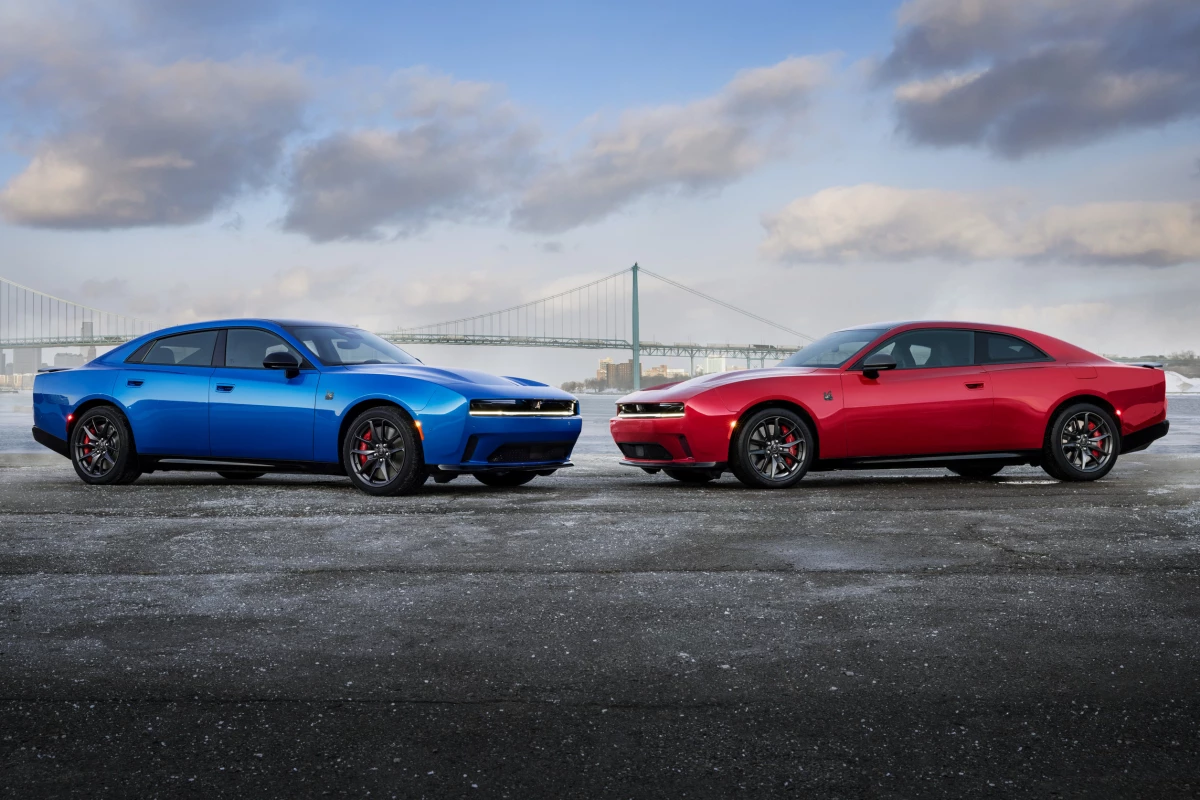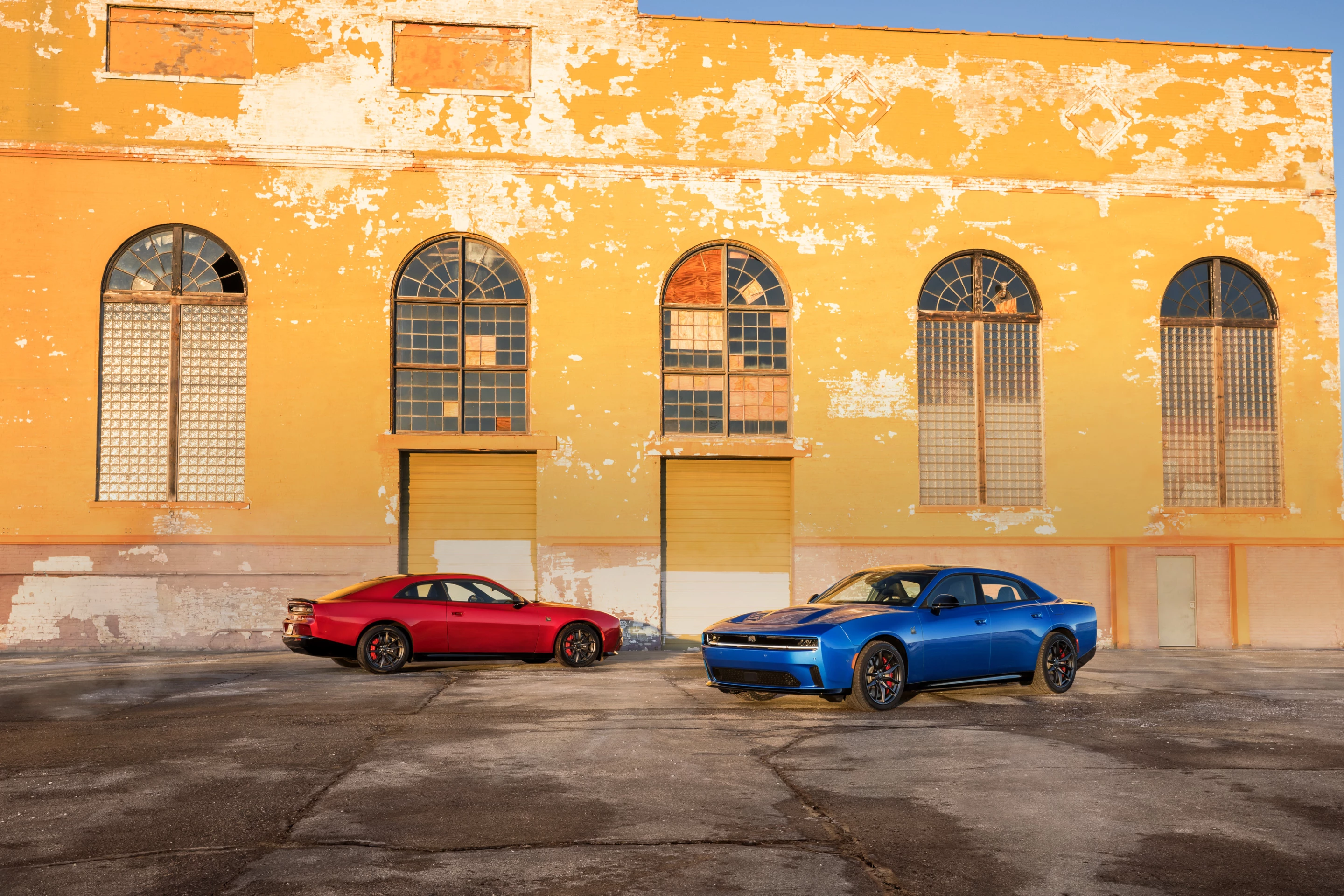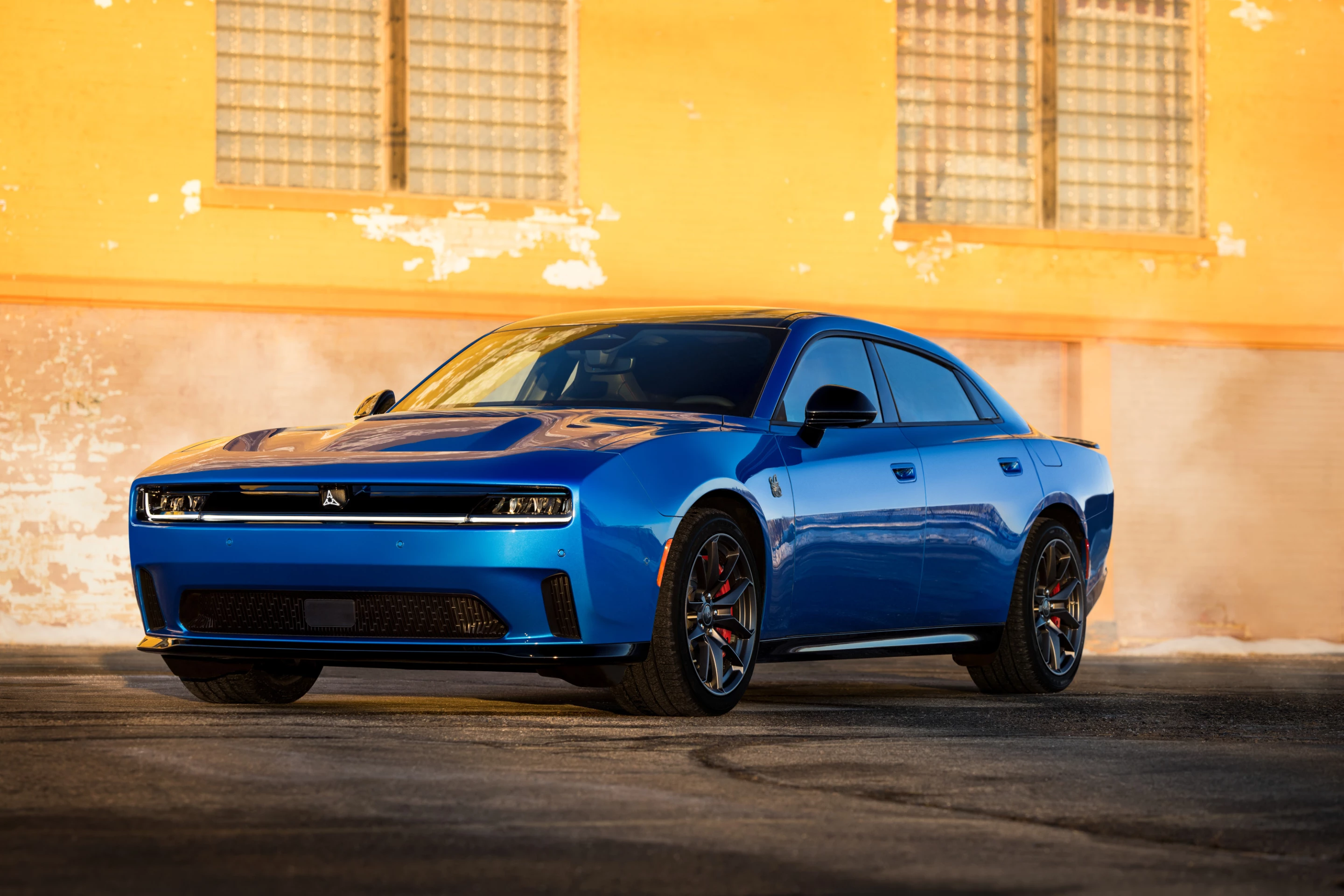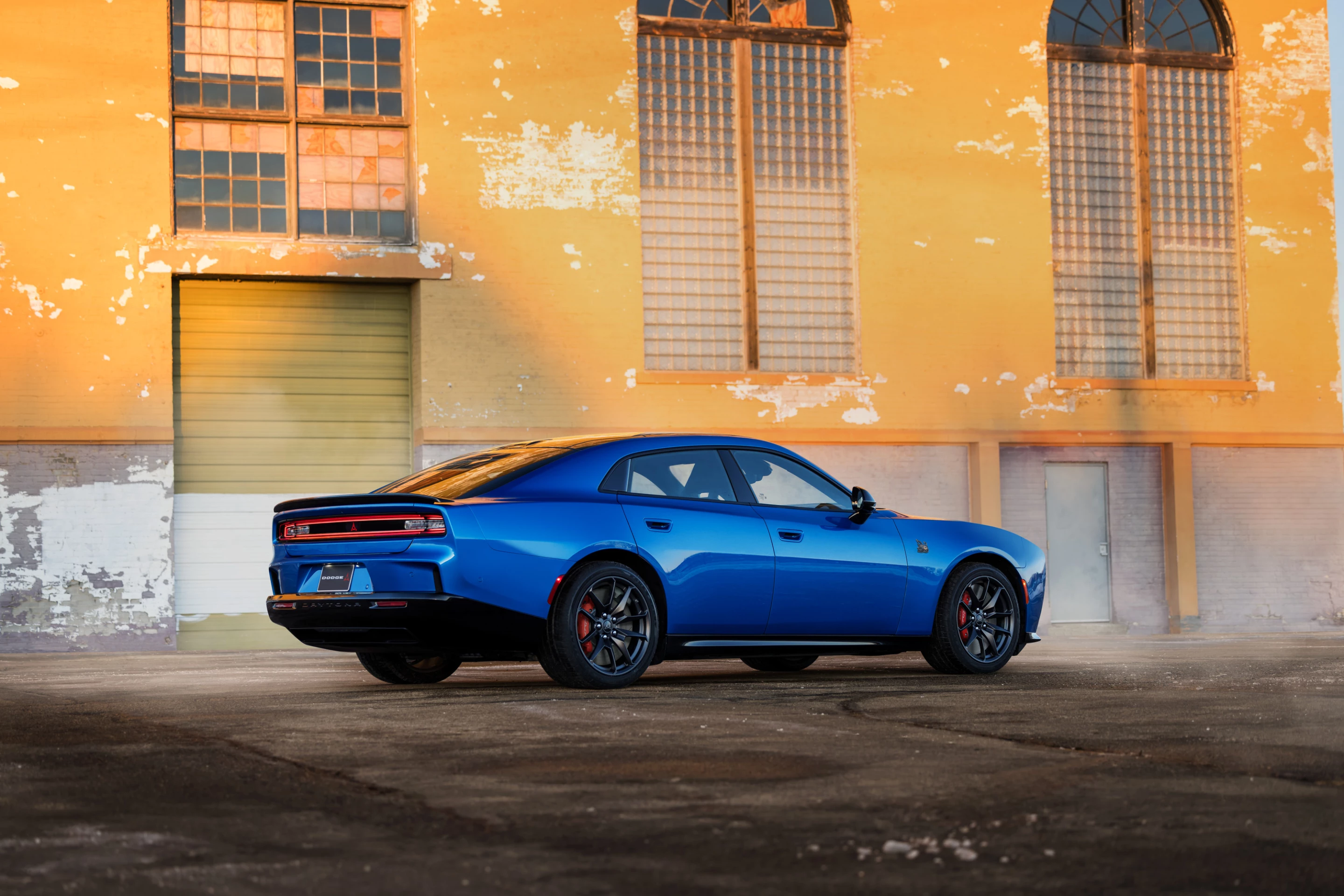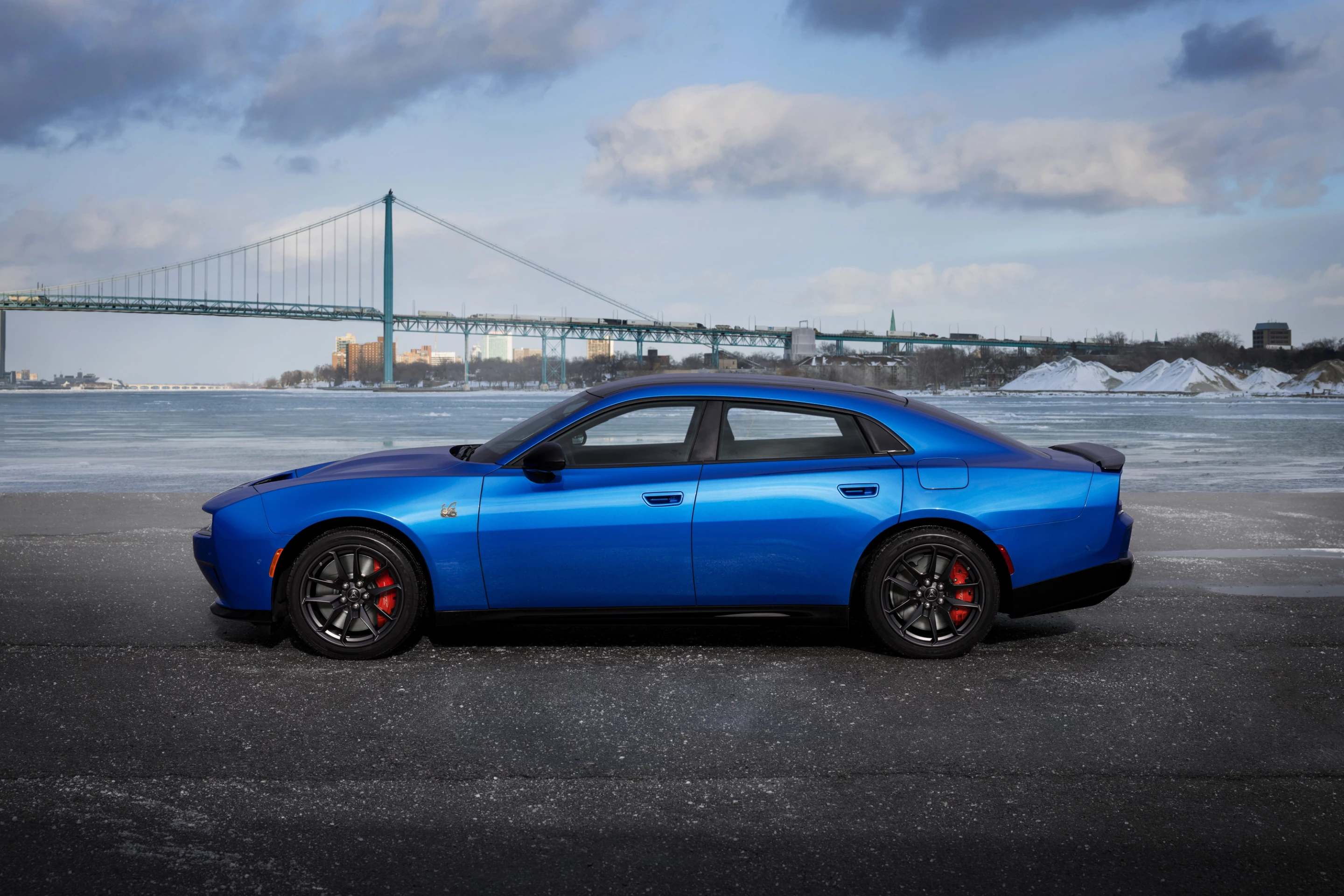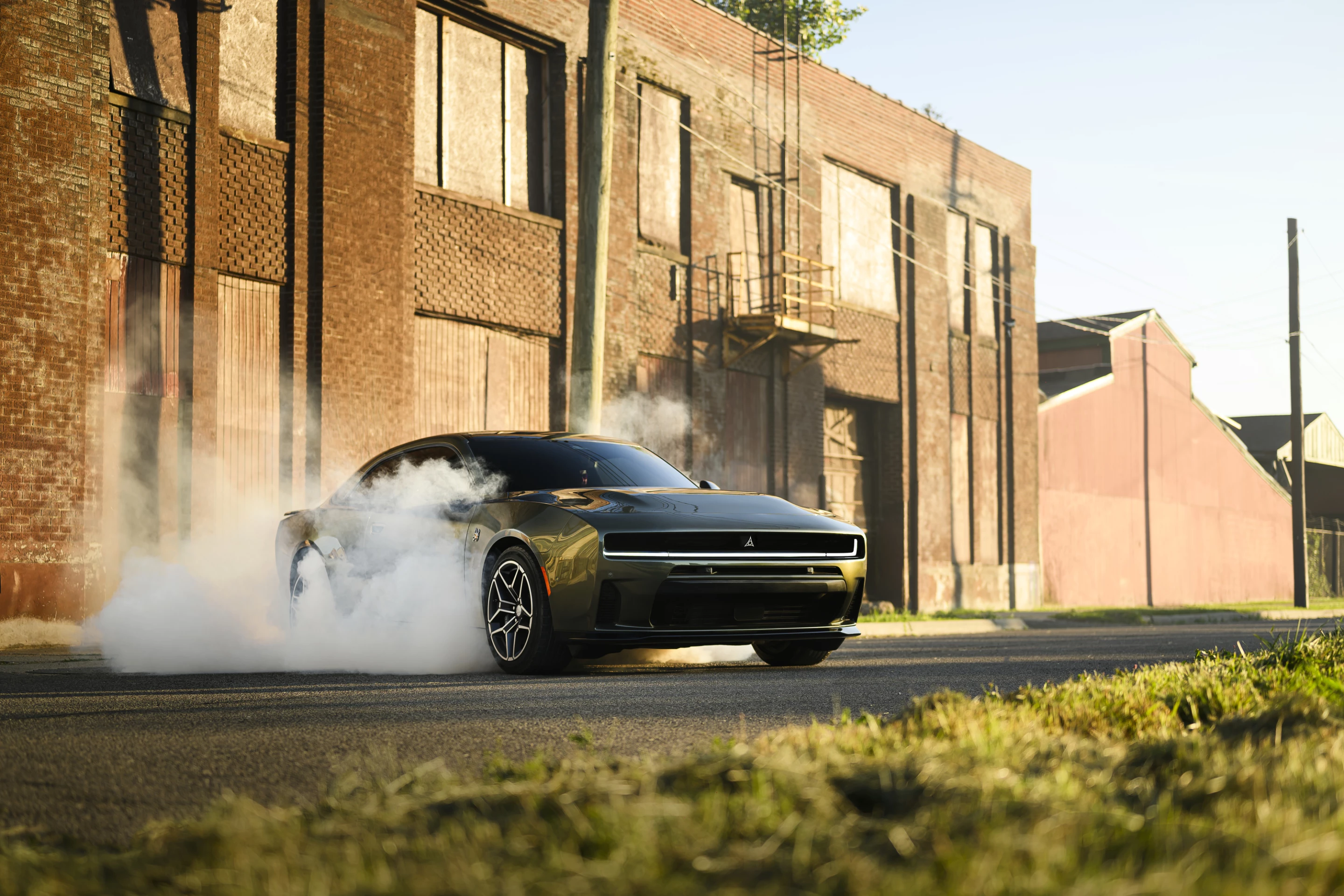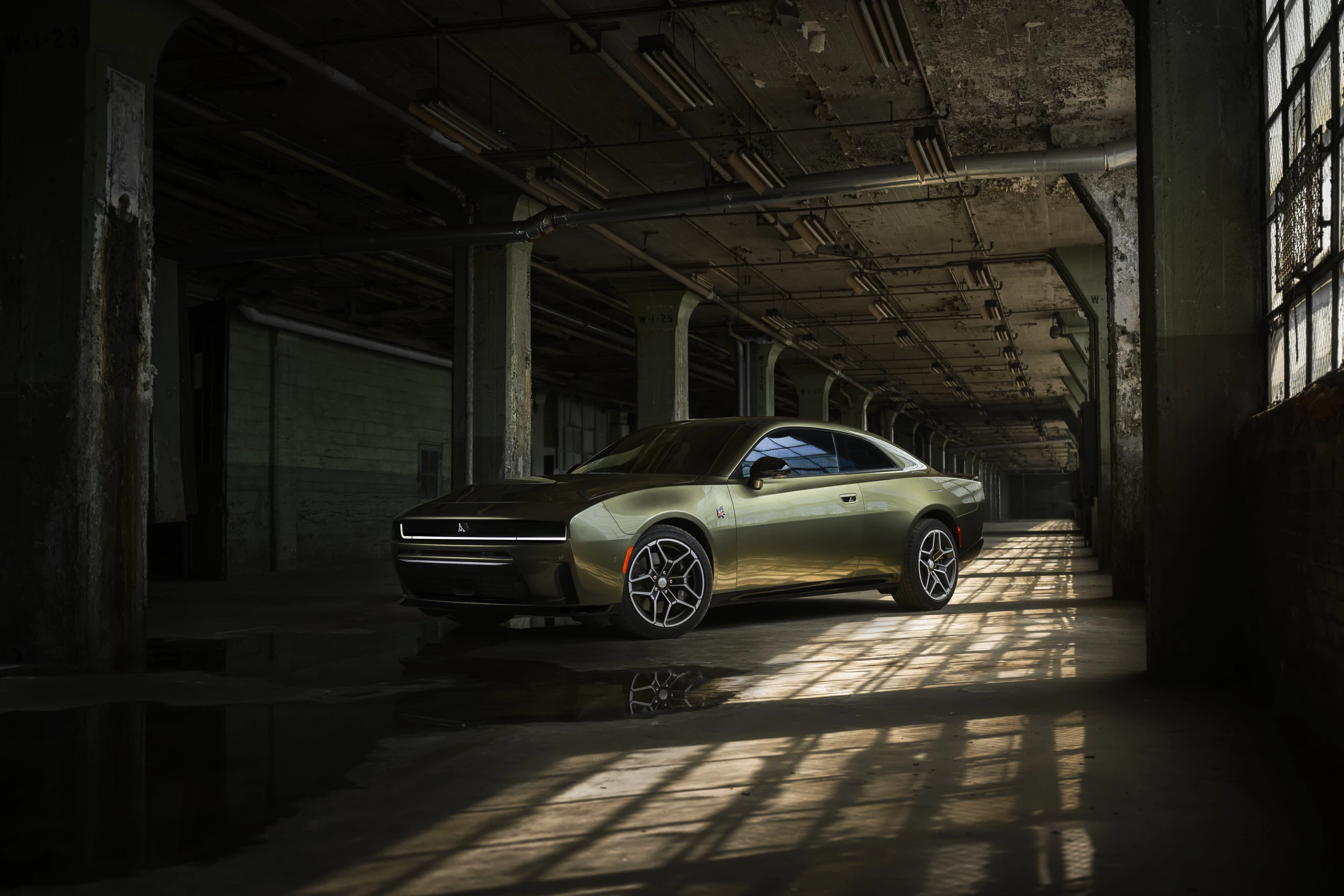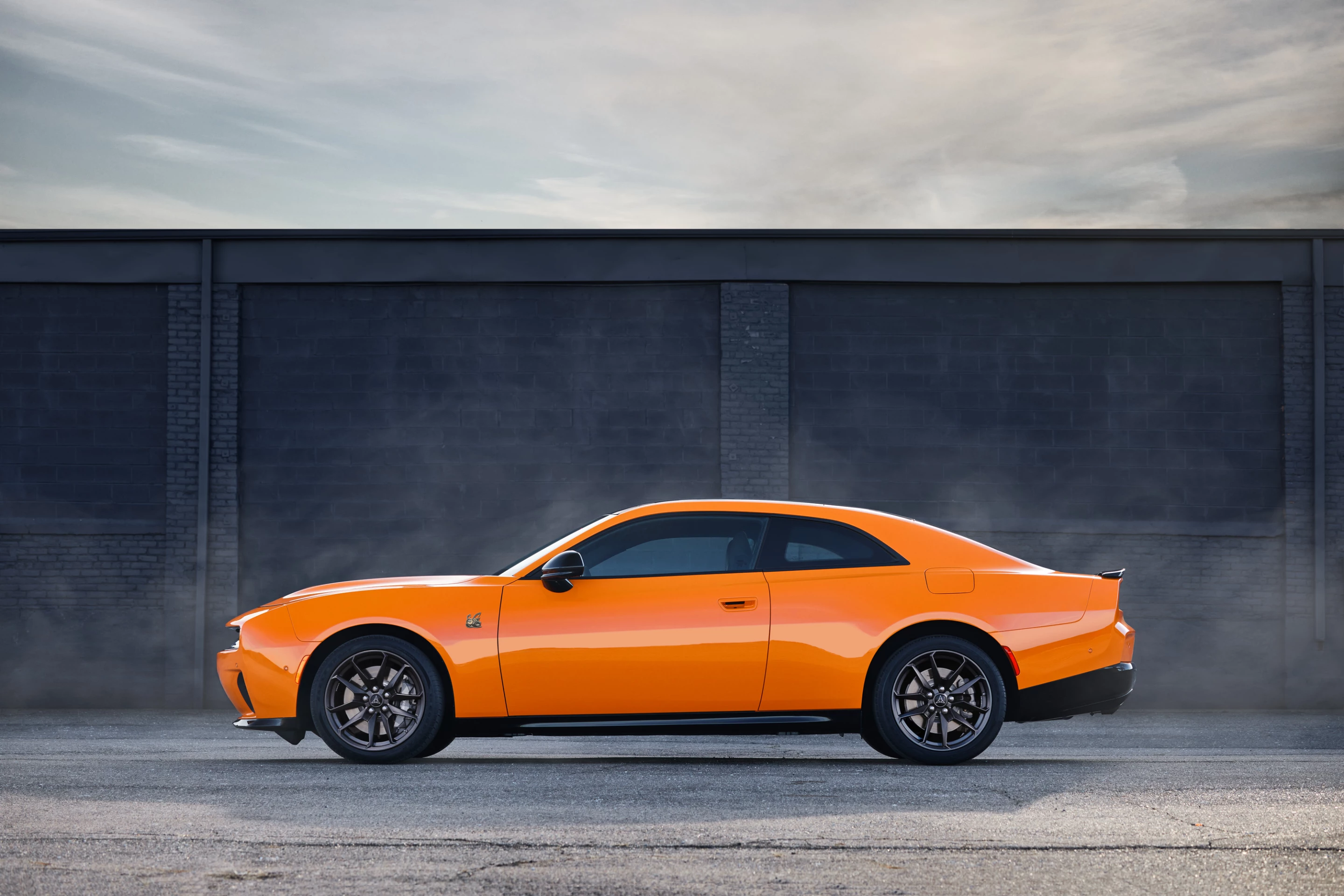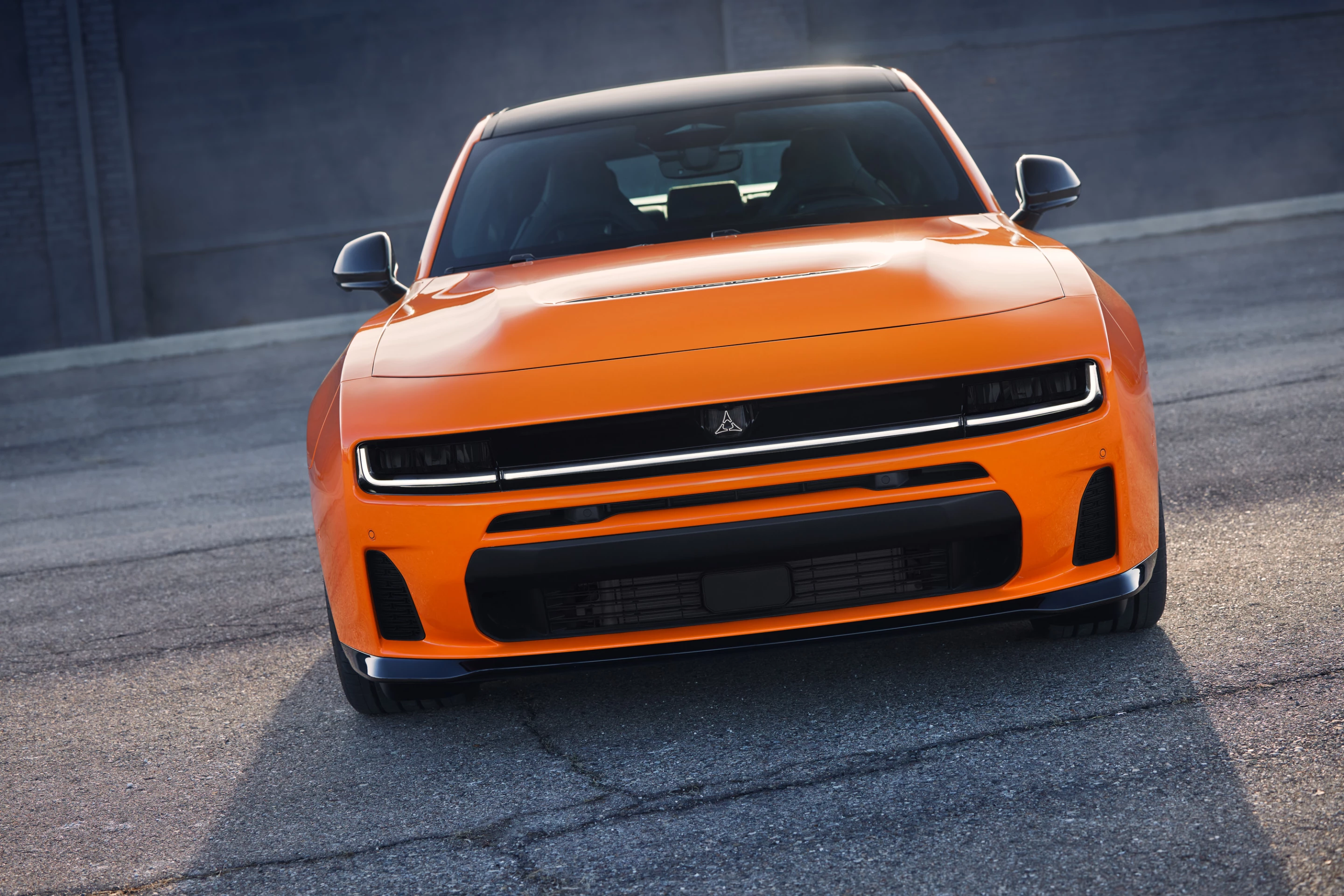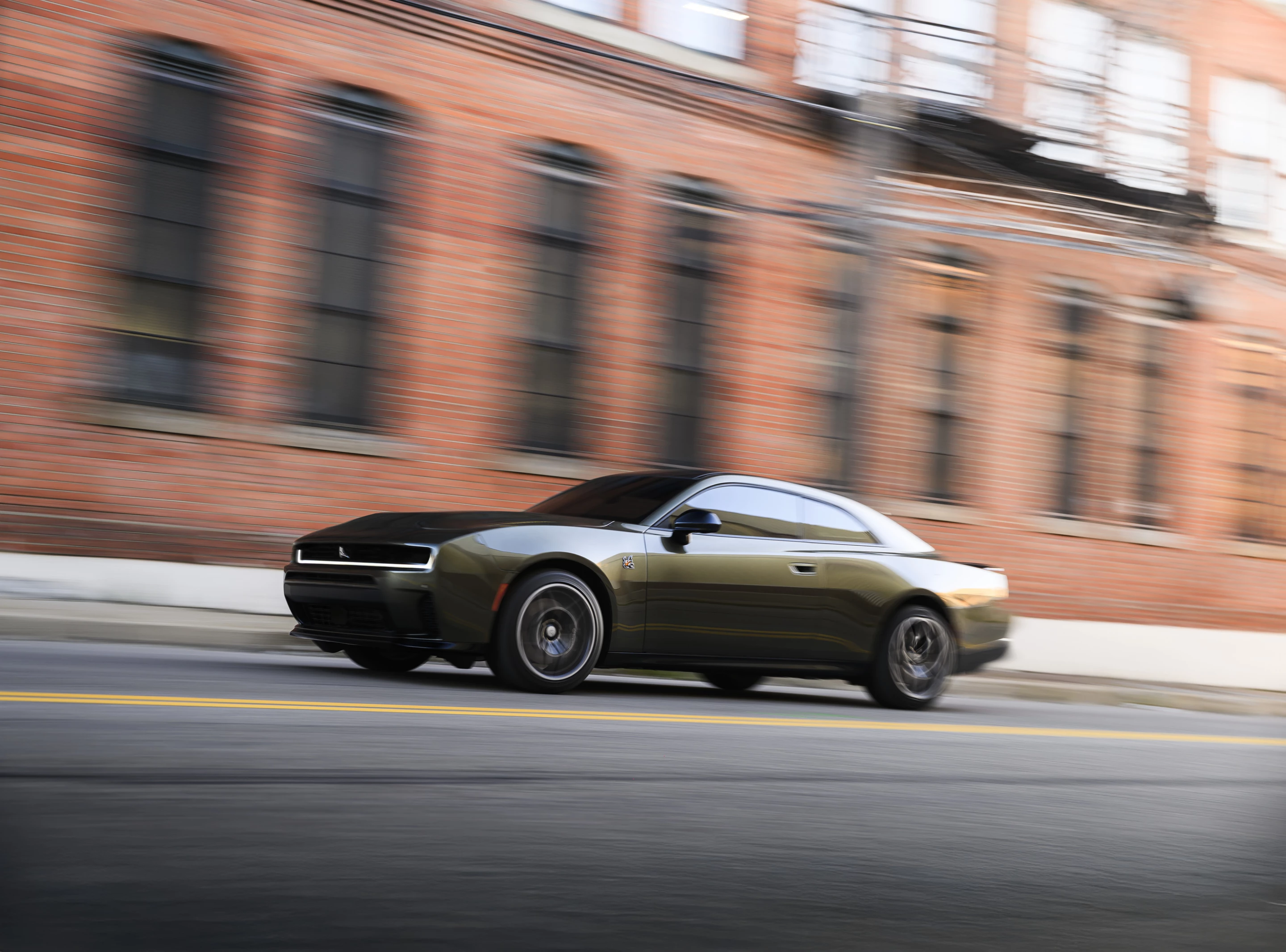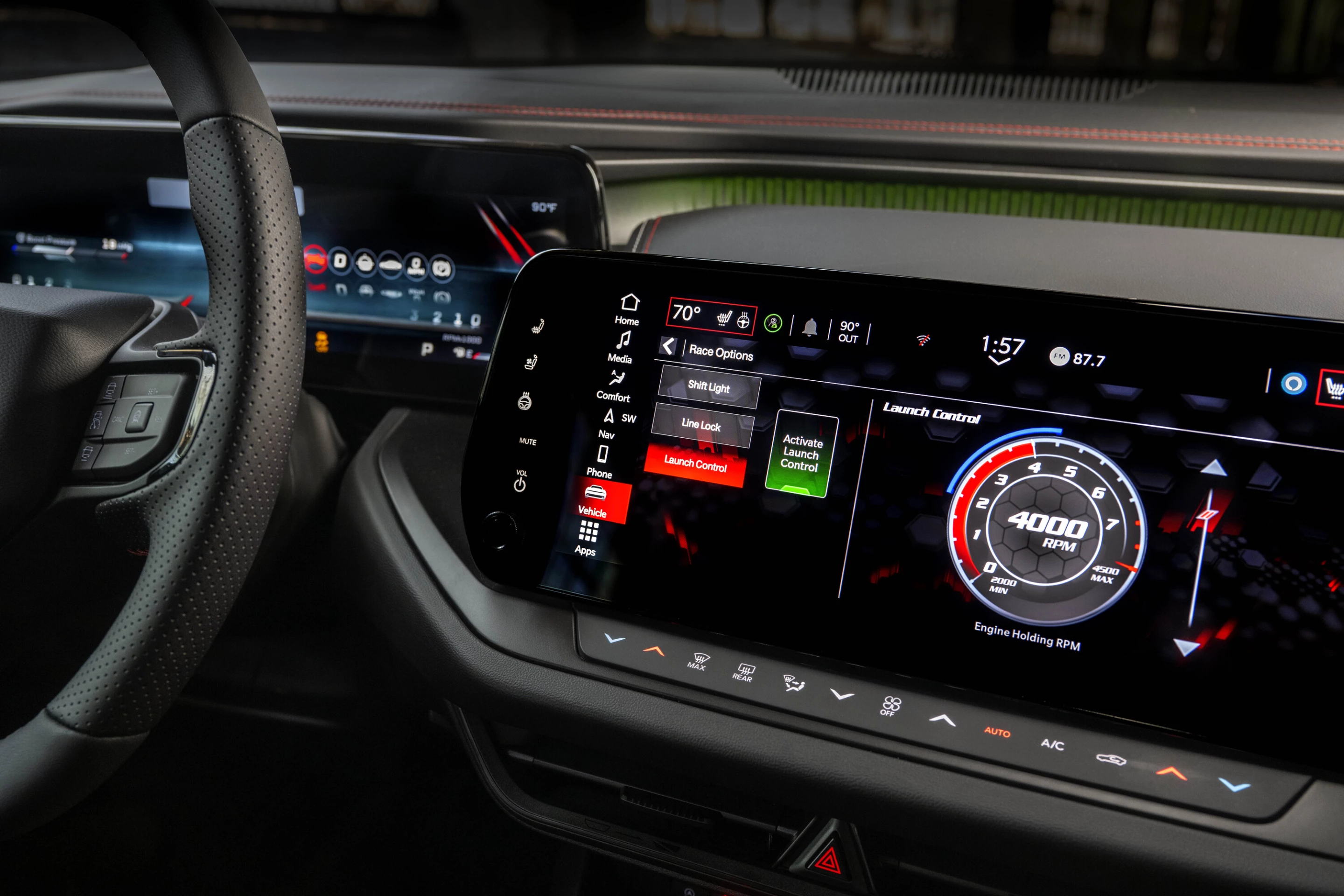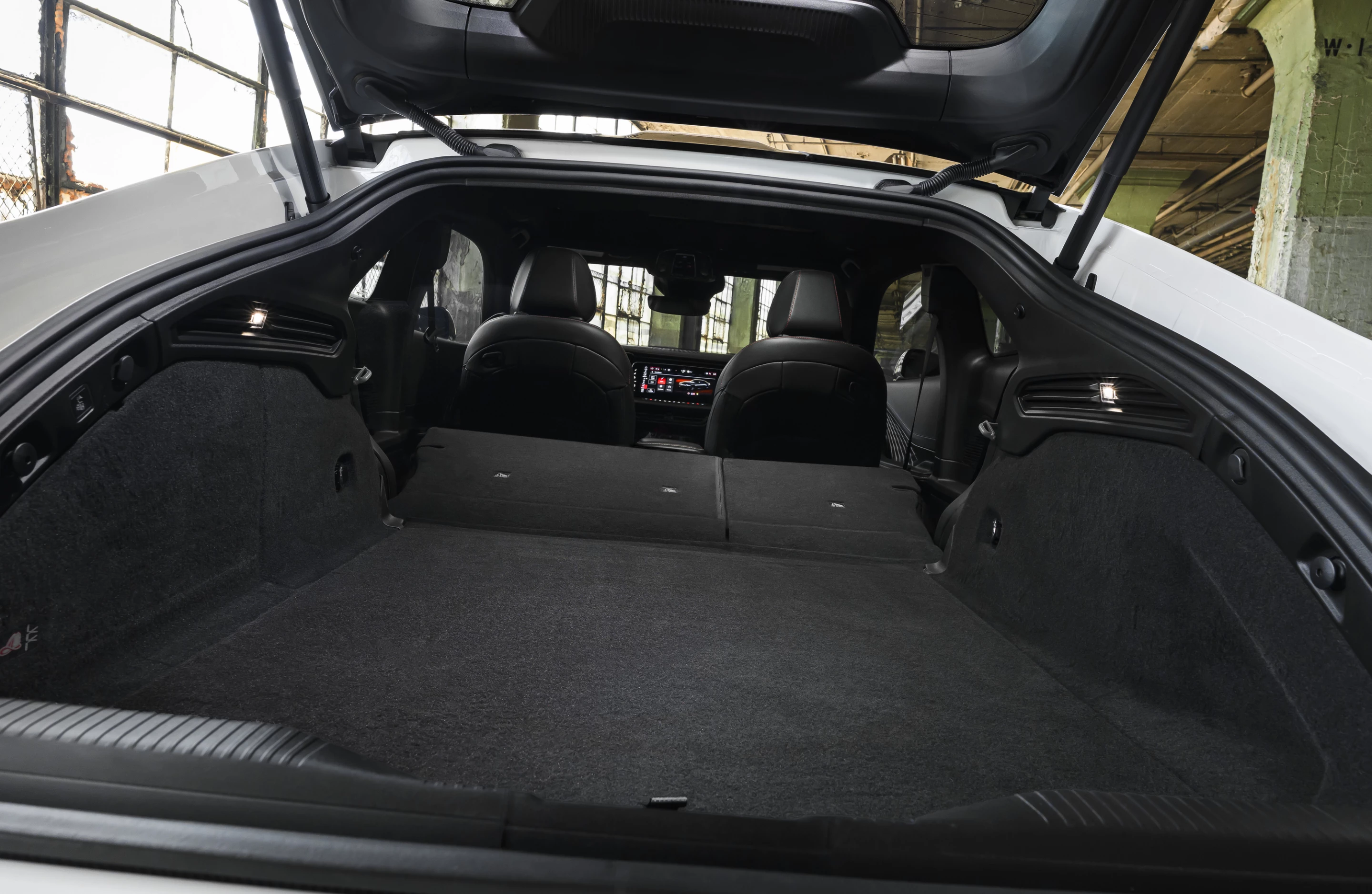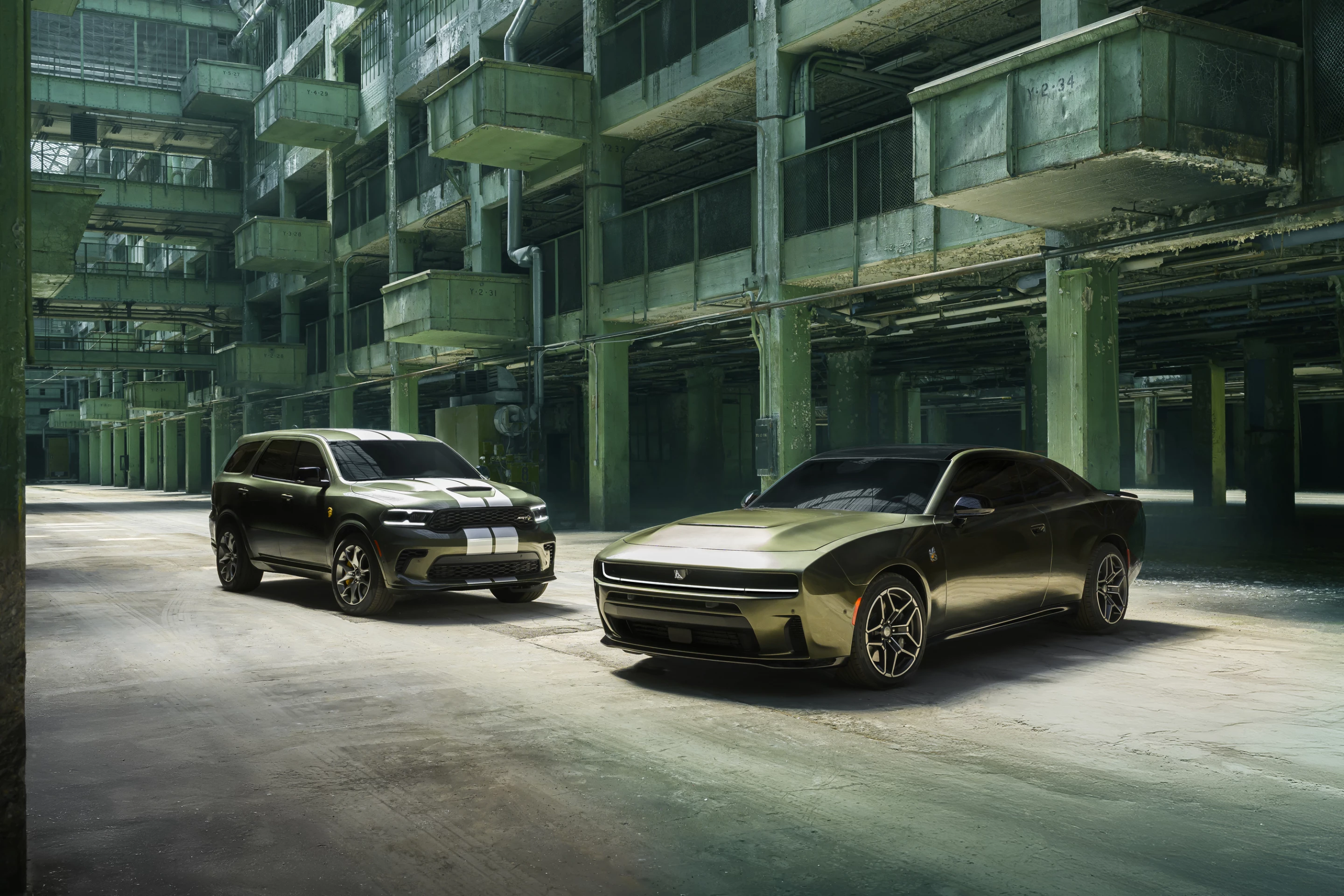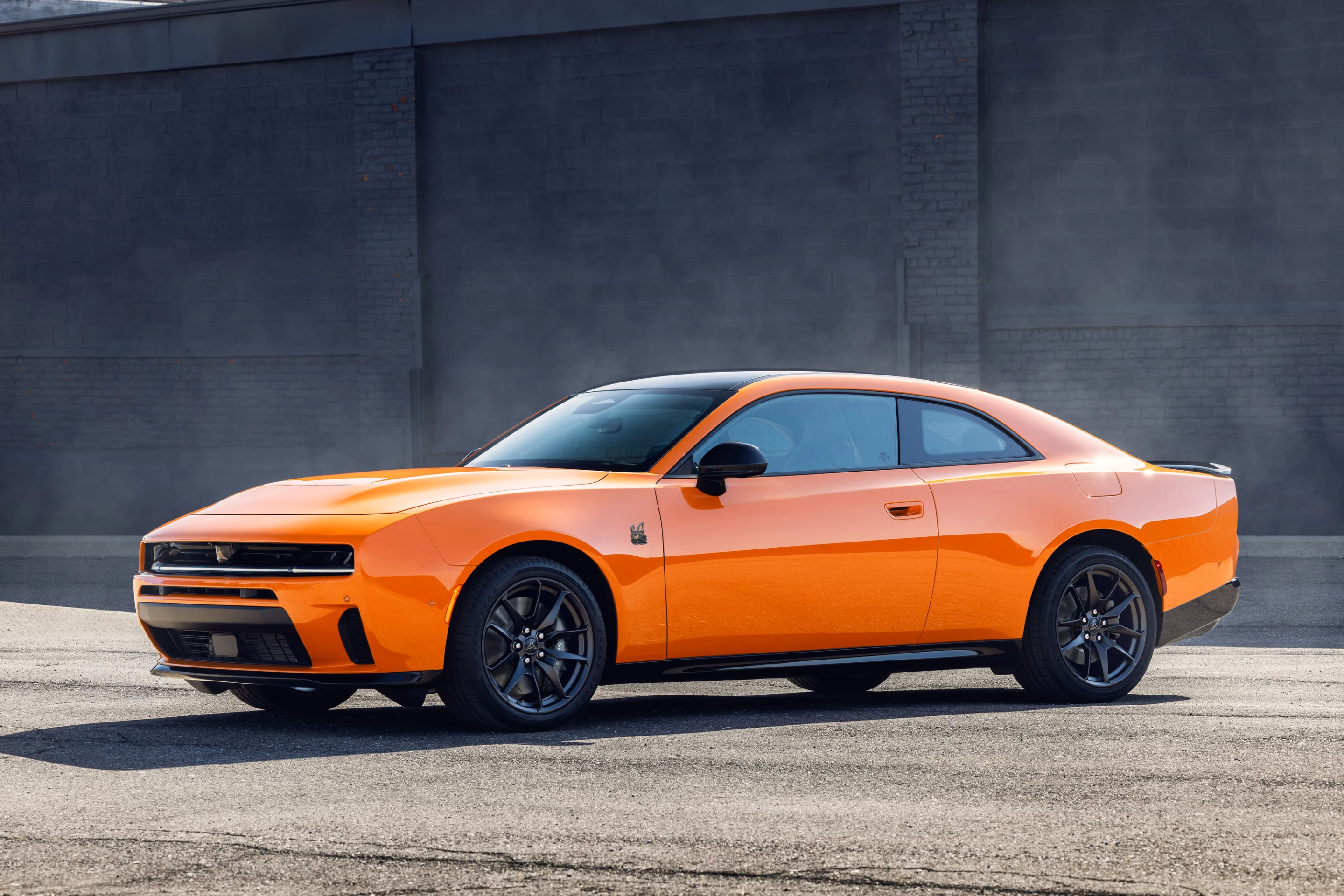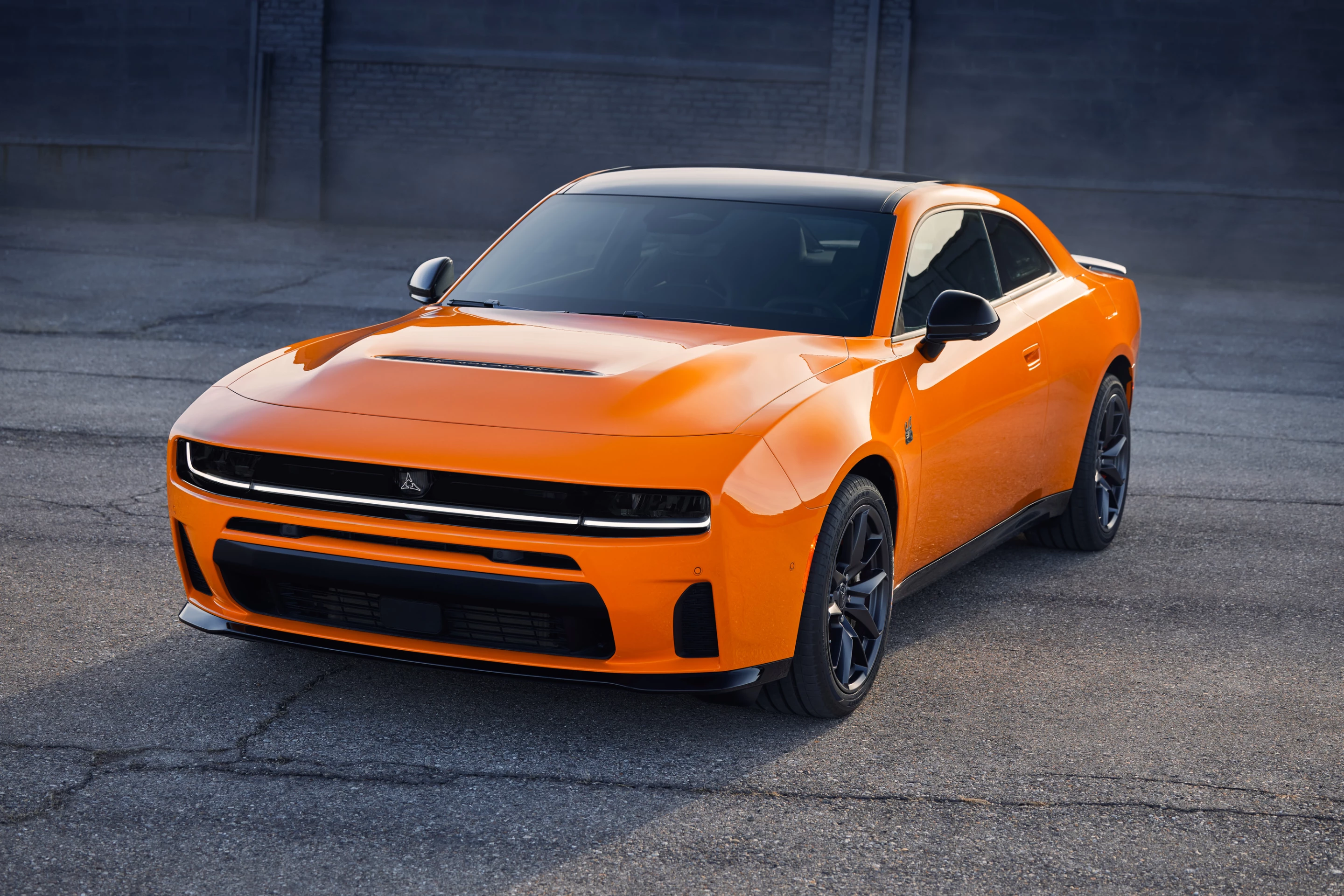Dodge has announced a new series of muscle cars and the return of gasoline-powered performance. The 2026 Dodge Charger Scat Pack models mark the next-generation of muscle under the name Sixpack.
Dodge's new Charger design was created to usher in a new generation of electric-powered muscle cars. The aim was to bring the kind of power and speed enthusiasts want, but aiming towards a low-emissions future. Dodge has learned the hard way that most muscle car buyers are not really that interested in e-power. Sales for the new Charger have been bleak compared to the sales figures for the now-gone Hemi-powered models, including the Hellcat and Demon.
The compromise between zero emissions and what buyers actually want? Turbochargers, apparently.
The Sixpack high-output engine is a 3.0-liter turbocharged six-cylinder power plant. It first appeared in the Ram Truck 1500 RHO model as a performance option to replace the TRX. The RHO has been fairly well-received, comparatively, and has proven to be equal to and sometimes better than the throaty V8 it replaced. Non-performance truck buyers, however, still like a V8 option. So Ram Truck will be bringing back the 5.7L Hemi to the Ram 1500. Dodge is also planning to offer that engine in the mid-sized Durango SUV.
The Charger, however, will not have a V8 in the near future. Instead, the platform will accommodate a turbo-six as the Sixpack models. These will, as with the electric Charger, come in both two- and four-door models.
The 2026 Dodge Charger Sixpack will have two variants:
- The R/T will offer 420 horsepower (309 kW) and a suggested retail under US$50,000.
- The Dodge Charger Scat Pack will have 550 horsepower (404.5 kW) and retail for under $55,000.
- Both 3.0L models are cheaper than the EV option.
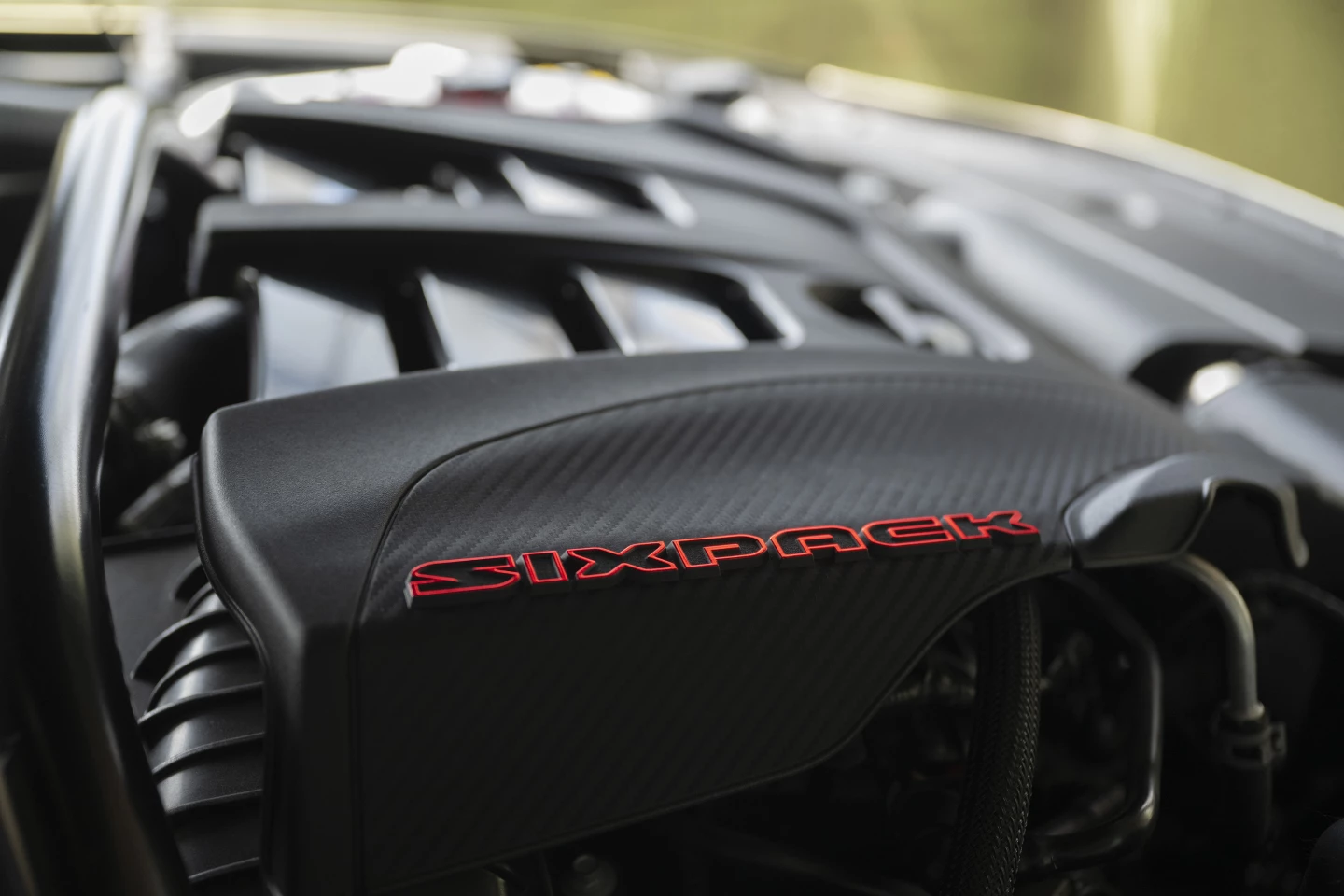
The Sixpack S.O. (standard output) in the R/T uses a twin-turbocharger setup with the 3.0-liter inline-six Hurricane engine. The Sixpack H.O. (high output) Hurricane is the same engine but with more turbo input and better torque delivery, with over 90% of torque being delivered between 3,000 and 6,000 rpm. Both models are AWD as standard, but can be switched to rear-wheel drive if so desired – similar to the way the Challenger GT operated.
Scat Pack models of the Charger Sixpack will also include Line Lock and Launch Control. Line Lock sets the car up for burnouts with just a button push and throttle punch – no brake finesse skill required. Launch Control improves off-line acceleration for drag race fun, giving the Scat Pack Sixpack a 3.9-second 0-60 mph (92-km/h) sprint and 12.2-second quarter mile.
Part of the missing puzzle for the Charger EV has been the muscle car sound and feel. It's available on that electric car via a pre-recorded sound track and simulated haptic "rumble" in the seating. But it hasn't resonated, as it were, with consumers. For the Sixpack models, Dodge added a performance-tuned, dual-mode active exhaust to create a muscle car sound.
Other visible modifications for the Charger to allow the 3.0L power instead of electric muscle includes a changed hood, larger front fascia for air movement, and rolled exhaust tips at the rear.
The new Dodge Charger Sixpack models will enter showrooms in late 2025 as 2026 models.
Source: Stellantis / Dodge
